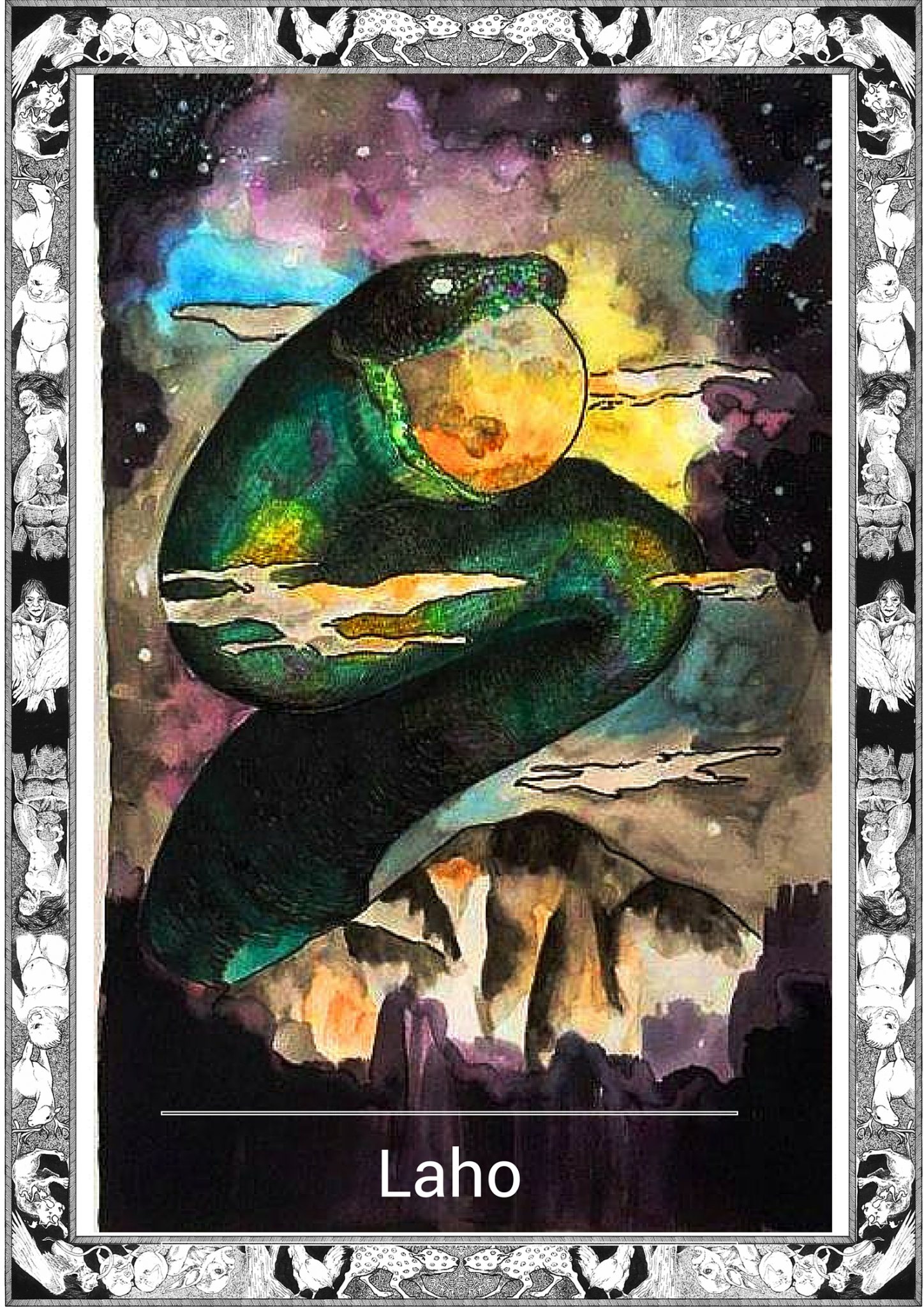
*Note this story is in Pangasinan
Say Lunar Eclipse o duyog so nagagawa tano say bulan et immakual ya binmeneg ed mundo tan nasisindagan to.
Say taloran klase na Lunar Eclipse et apasakey la sikato moy talos ton amin may Total Lunar Eclipse Say sanka bali-balian ton nia aya so nagagawa no say entero lay bulan ya undadalan et napasimaran na “UMBRAL” ed mundo. Walay 35% o trentay sinko porsyento ed samay eclipse so magmaliw lan Total Lunar Eclipse Saray Lunar Eclipse et nagagawaed maminpiga ed sakey taon kada walay.
Total Lunar Eclipse so nayarin makasabi so daiset ya liwawa na agew ed bulan. Say liwawa’y agew et kaokolan ni ya ononan ondalan Earth’s athmosphere o dino kaliber-liber na mundo tan piano nasagap toy kolor ya asul ya liwawa’y mangititilak ya puron kulay na ambalanga o dino kasileng na kahel . Say amabalangan liwawa so onloob ed Earth’s athmosphere tan manpapakislap ed bulan. Lapud dia kanian aya so Total Lunar Eclipse ya ingngaran day ‘Blood Moon’.
Kuanda…
Ipaway moy telescope mo kapagno walay ‘Blood Moon’ piano nanengneng na duaran matam. Sikato yay kuanda Nanenengneng mon singa ongagalaw ya manarawi ray bituwen no wala yay eclipse .Say igagalaw na liwawa singa mankislap tan manandi no walay nakena.
No maswerte ka nayarin naneng-neng moy angkekelag a pirason kolor na kahel tan duyaw na liwawa ya ongagalaw ya singa baleg ya tanda nagnenengneng mon singa napipildit ed (zigzag) manliko-likon pattern ya asingger la ed bulan.
No ongapo la eclipse nanenengneng moy tanda na liwawa ya ontonda ya aga ongagalaw legan na walay eclipse. Nane-nenneng moy ambalangan liwawa ya pabaleg lan pabaleg anggad agono la nayarian ya pa-arawin neng-nengen makakalikna ya singa kay “de javu” maminpiga-pigan beses mon apalabas.
Mankelaw kan nataktakot tan nanonotan mo aya so makapalek ya liknaan lapud eclipse labat tan
=—————————————————–=
English Version
A lunar eclipse can only occur at full moon and only if the moon passes through the Earth’s shadow.
Of the three kinds of lunar eclipses a total lunar eclipse is the most striking. Supposedly it is when the whole moon passes through Earth’s umbral shadow. Only 35% of eclipses are total lunar eclipses. Lunar eclipses occur a few times per year.
During a total lunar eclipse indirect sunlight can still reach the moon. That sunlight has to first pass the Earth’s atmosphere which filters out most blue colored light leaving a bright red or orange glow. This red light refracts through Earth’s atmosphere and illuminates the moon. This is why a total lunar eclipse is sometimes referred to as a ‘Blood Moon’
Or so they say.
Take a telescope out during a Blood Moon and see for yourself. See how the stars seem to move out of the way when the eclipse occurs. How the movement of the light seems to flicker and fade almost as if there’s something else that the light is reflecting on.
If you’re lucky you might see the small bits of orange and yellow light move around in big dots. You’ll see them twist in a zig-zag pattern toward the moon. When the eclipse starts you might see the light dots stop and stay stationary for the whole duration of the eclipse. You’ll see the red light grow deeper and deeper and you won’t be able to look away.
There will be a feeling of déjà vu. Like you’ve seen this moment happen a hundred times before. You’ll feel a deep chill in your spine and for some reason you’ll be scared. You’ll think that’s ridiculous, it’s only an eclipse.
But be careful not to point your telescope directly above the Blood Moon.
You might see something looking back.
=————————————————=
*Pangasinan (Salitan Pangasinan) – sometimes called Pangasinense is one of the major languages of the Philippines. It is the language spoken in the province of Pangasinan, on the west-central seaboard of the island of Luzon along the Lingayen Gulf, the northern portion of Tarlac and southwestern La Union, most of whom belong to the Pangasinan ethnic group. Pangasinan is also understood in some municipalities in Benguet, Nueva Ecija, Nueva Vizcaya, and by the Aeta or Aeta of Zambales.
Written by Karl Gaverza
Translation by poypoypalaboy
Copyright © Karl Gaverza
Translation Copyright © poypoypalaboy
Story inspired by Laho description in The Soul Book. Demetrio & Cordero-Fernando 1991.
Laho Illustration by Leandro Geniston from Aklat ng mga Anito
FB: That Guy With A Pen
Watercolor by Catherine Chiu
FB: Wildling Child
IG: https://www.instagram.com/
